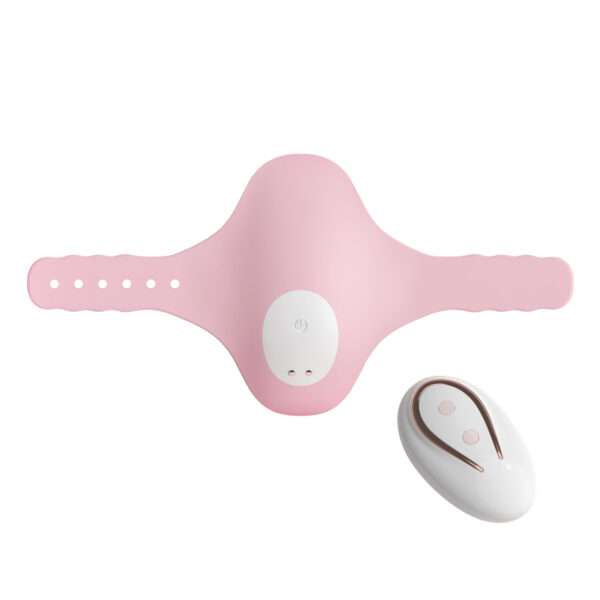The sex toy industry has seen a remarkable transformation over the past few years, with technological advancements playing a pivotal role. Among these innovations, wearable female vibrators stand out as a game-changer. This article delves into how these devices are reshaping the landscape of personal pleasure and what the future holds for this burgeoning sector.

Understanding Wearable Female Vibrators
Wearable female vibrators are designed to be discreet, comfortable, and versatile. Unlike traditional vibrators, these devices can be worn under clothing, allowing for hands-free stimulation. They come in various forms, including panties with built-in vibrators, remote-controlled devices, and even app-connected gadgets. The convenience and subtlety they offer make them a popular choice for modern women seeking to enhance their sexual wellness.
The Technological Leap
The integration of technology into wearable female vibrators has been a significant factor in their rising popularity. Advanced features such as Bluetooth connectivity, customizable vibration patterns, and synchronization with music or ambient sounds have elevated the user experience. These innovations not only provide enhanced pleasure but also allow for a more personalized and intimate experience.
Empowering Women Through Discreet Pleasure
One of the most profound impacts of wearable female vibrators is their role in empowering women. These devices offer a discreet way for women to explore their sexuality and achieve pleasure without societal judgment. The ability to wear these vibrators in public settings, such as during a night out or even at work, adds an element of excitement and liberation. This shift towards discreet pleasure is a testament to the evolving attitudes towards female sexuality.
The Future of Pleasure: How Wearable Female Vibrators are Revolutionizing the Sex Toy Industry
The future of wearable female vibrators looks promising, with continuous advancements on the horizon. As technology evolves, we can expect even more sophisticated features, such as AI-driven personalization and enhanced interactivity. The integration of virtual reality (VR) and augmented reality (AR) could also open new avenues for immersive experiences. Furthermore, the growing acceptance and normalization of sex toys in mainstream culture will likely drive further innovation and accessibility.
Examples of Innovation in Wearable Female Vibrators
Several examples illustrate the innovative strides being made in this field. For instance, some wearable vibrators now offer biofeedback mechanisms that adjust the intensity based on the user's physiological responses. Others feature long-distance control, enabling partners to connect and share intimate moments regardless of their physical location. These advancements highlight the potential for wearable female vibrators to enhance not only individual pleasure but also intimate relationships.
Conclusion
The revolution in the sex toy industry, spearheaded by wearable female vibrators, is a testament to the power of innovation and the changing perceptions of female sexuality. These devices offer a blend of discretion, technology, and empowerment, making them a significant player in the future of pleasure. As we look ahead, the continued evolution of wearable vibrators promises to bring even more exciting developments, ensuring that the journey towards sexual wellness and satisfaction is both enjoyable and fulfilling.
In conclusion, the future of pleasure is bright, and wearable female vibrators are at the forefront of this exciting transformation. By embracing these innovations, women can explore new dimensions of pleasure and empowerment, paving the way for a more inclusive and liberated approach to sexual wellness.








